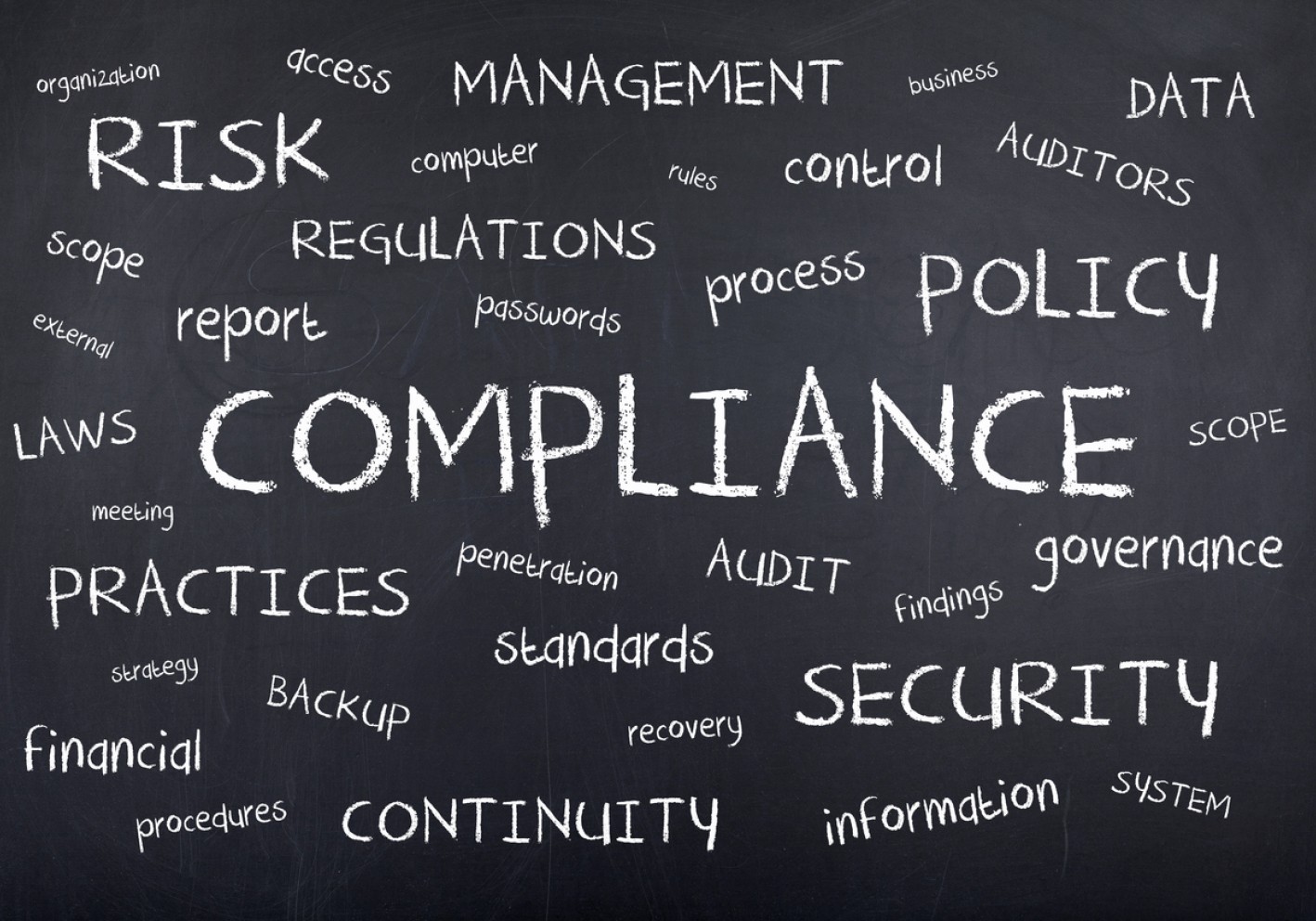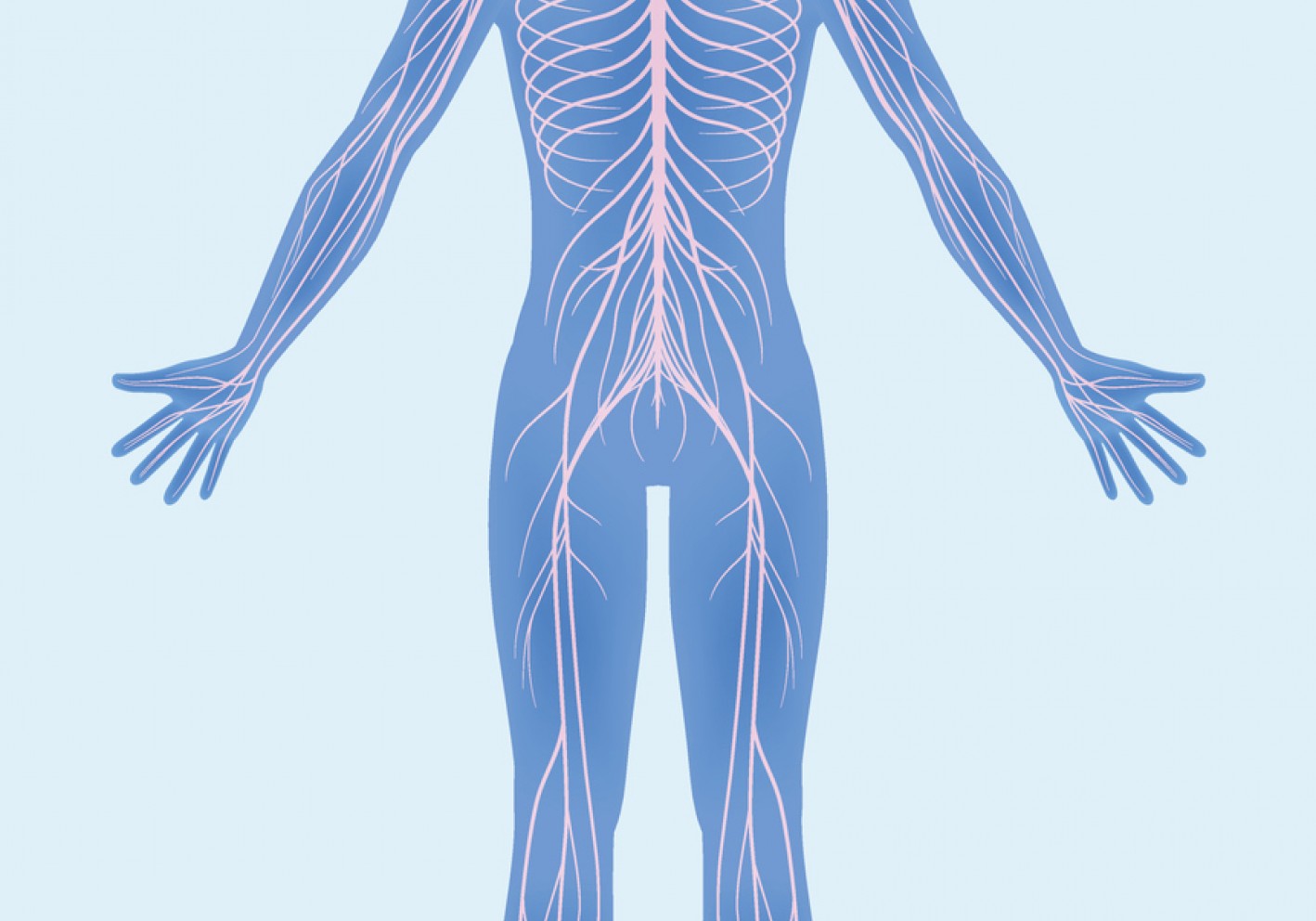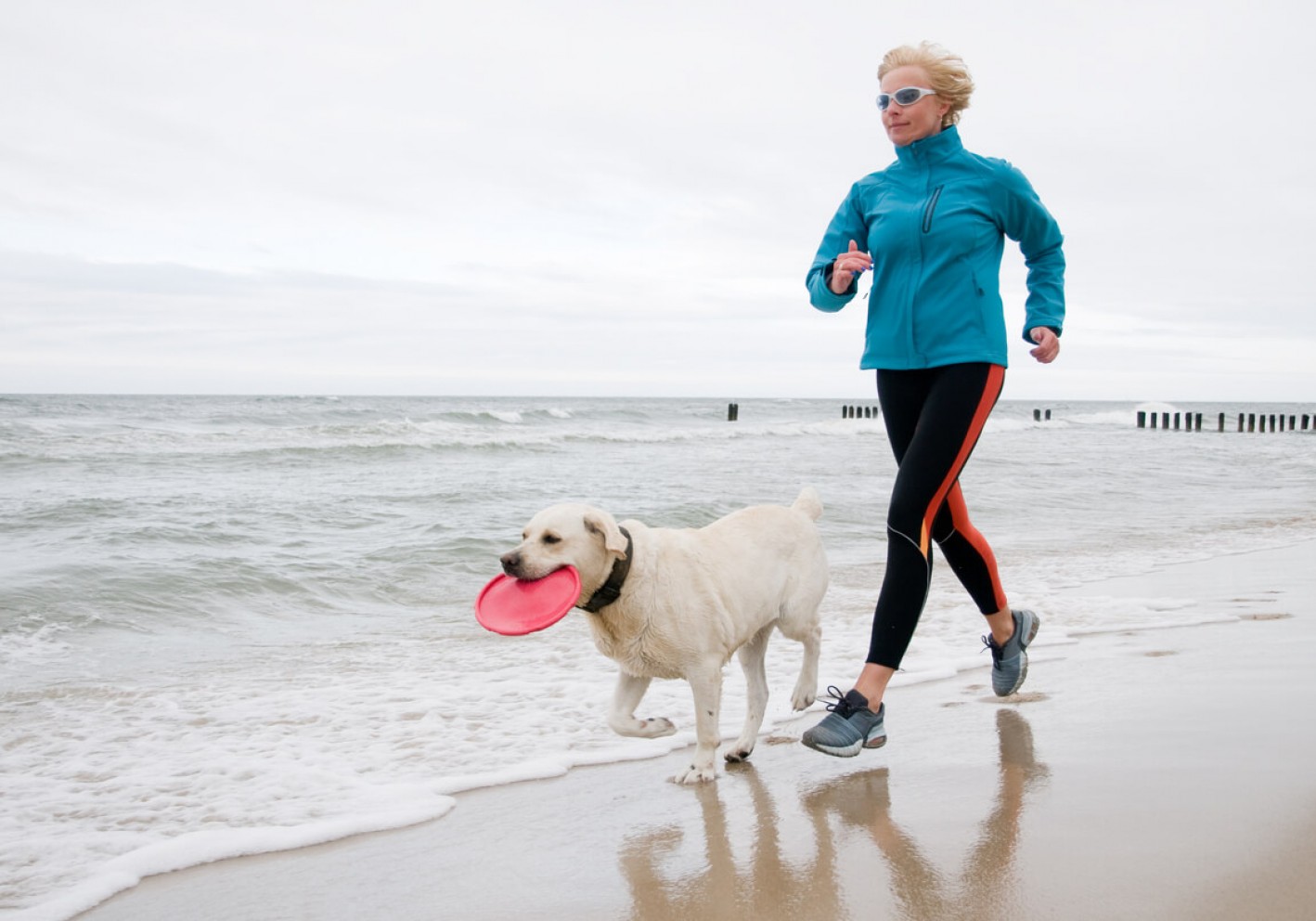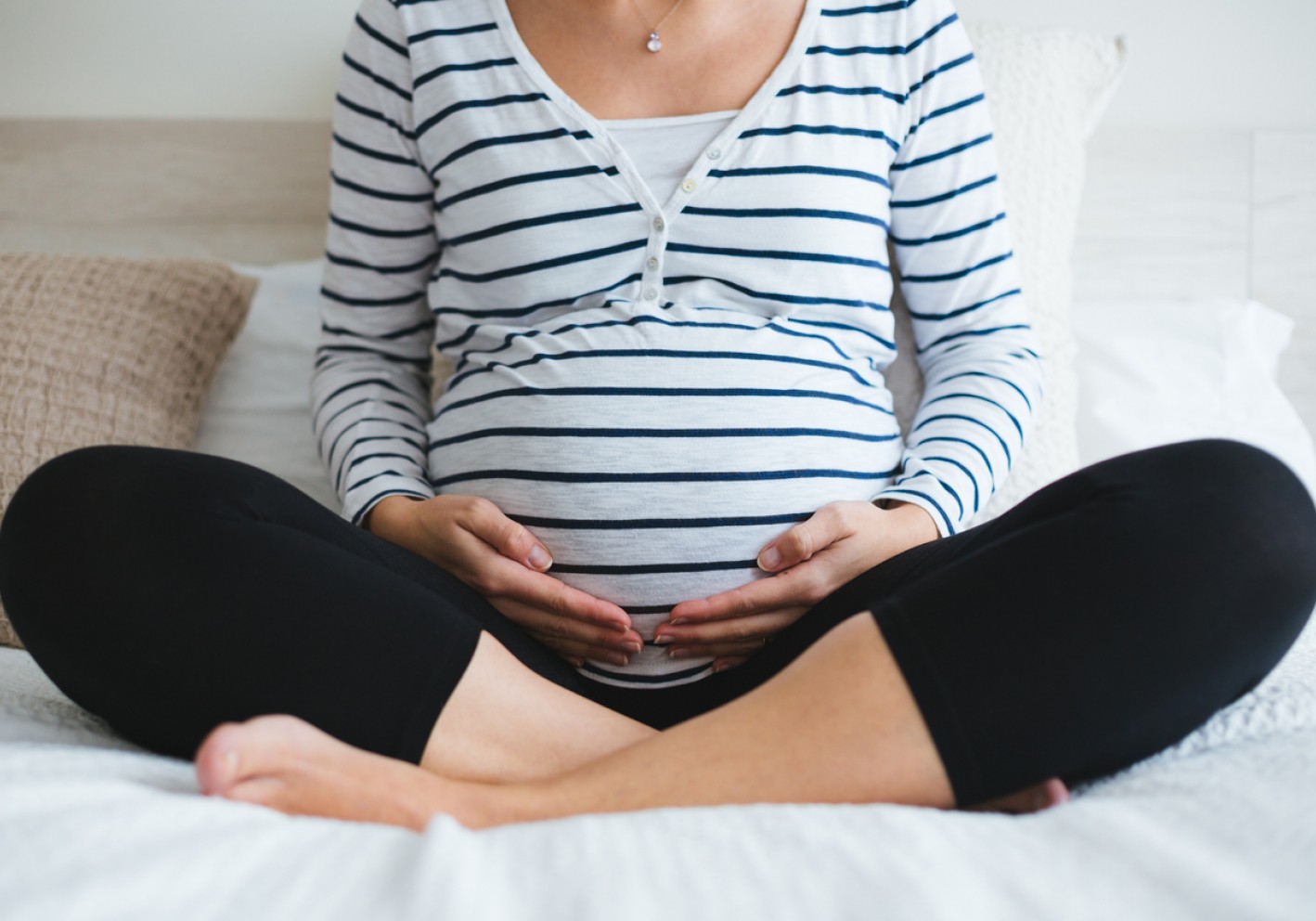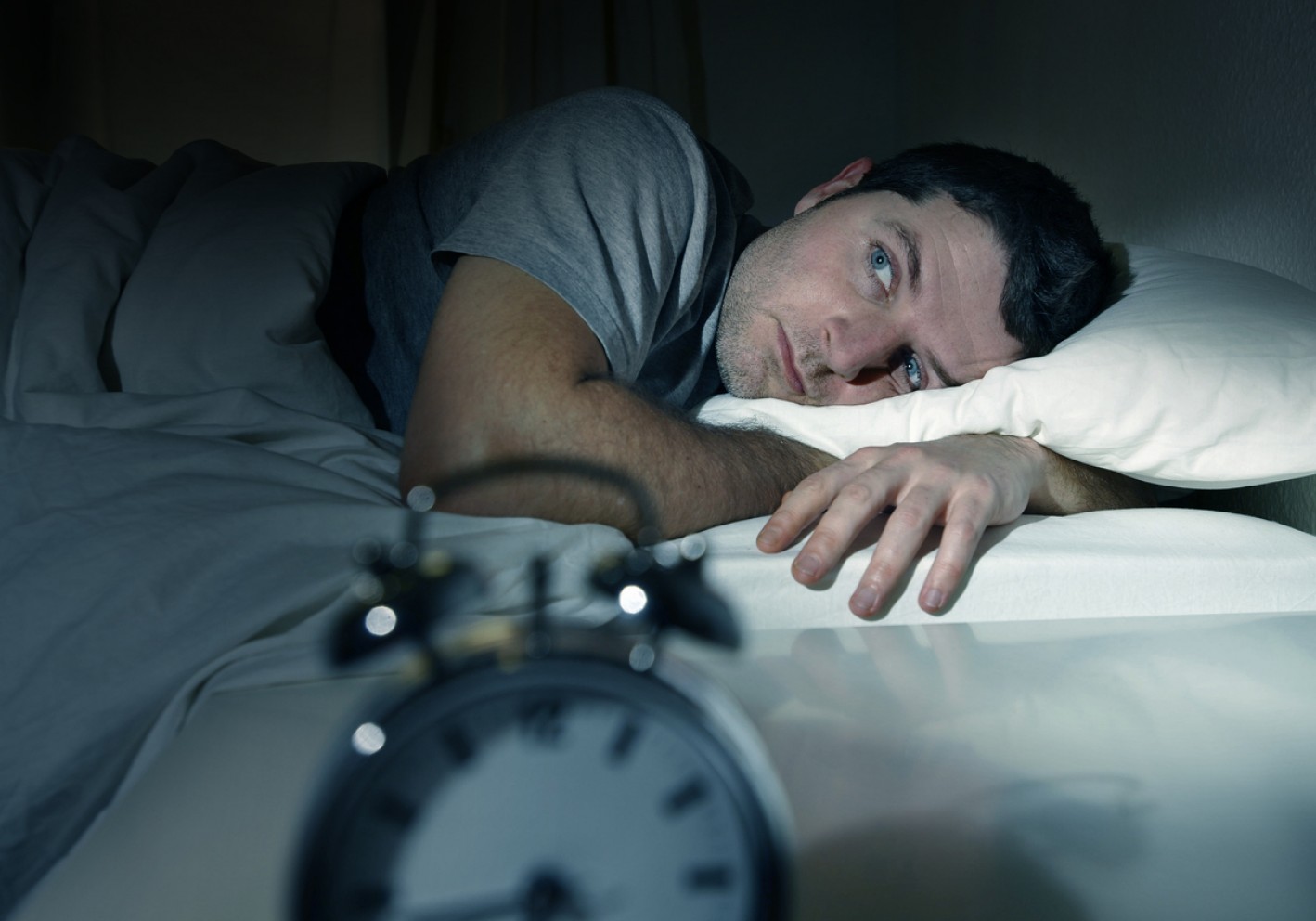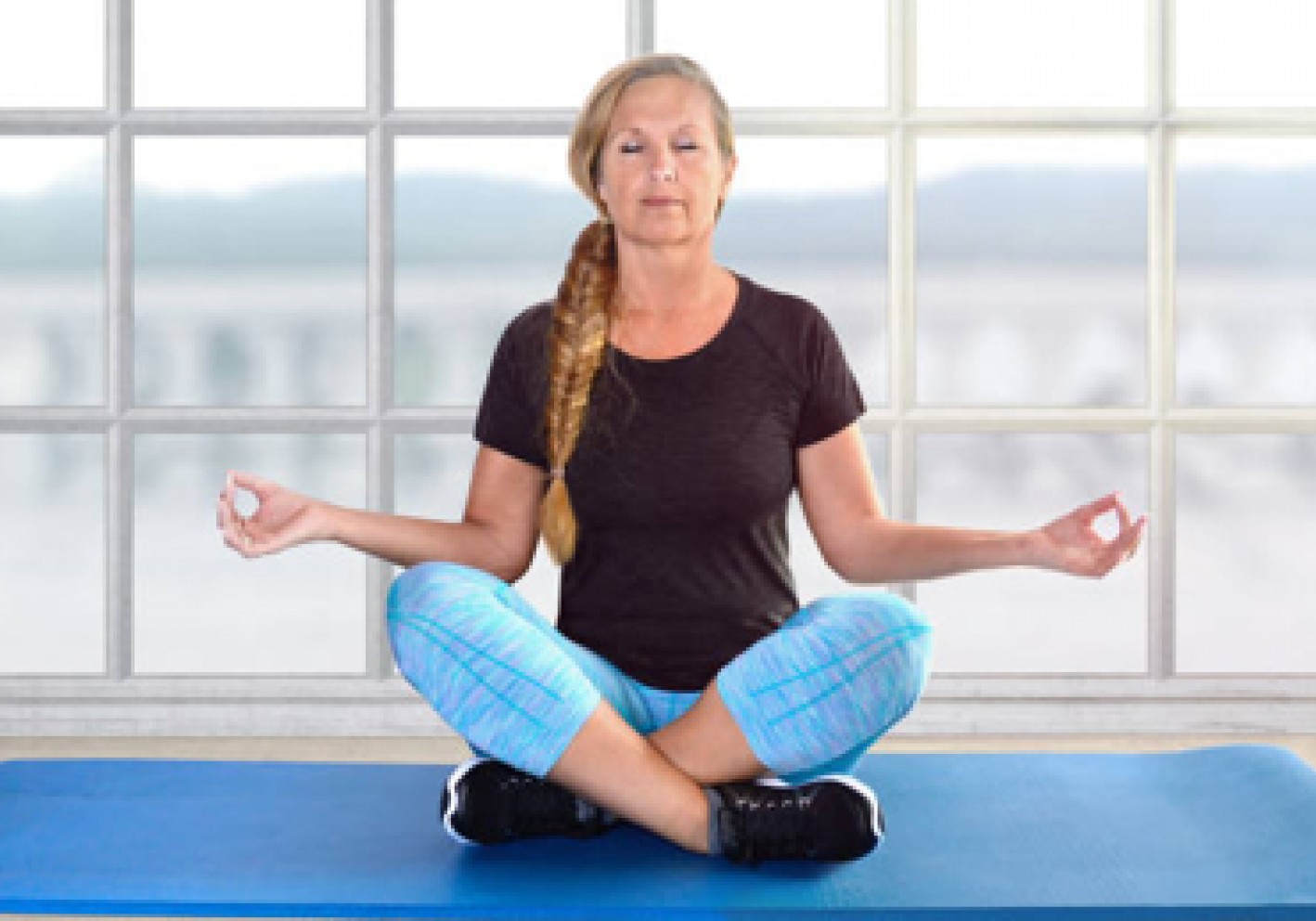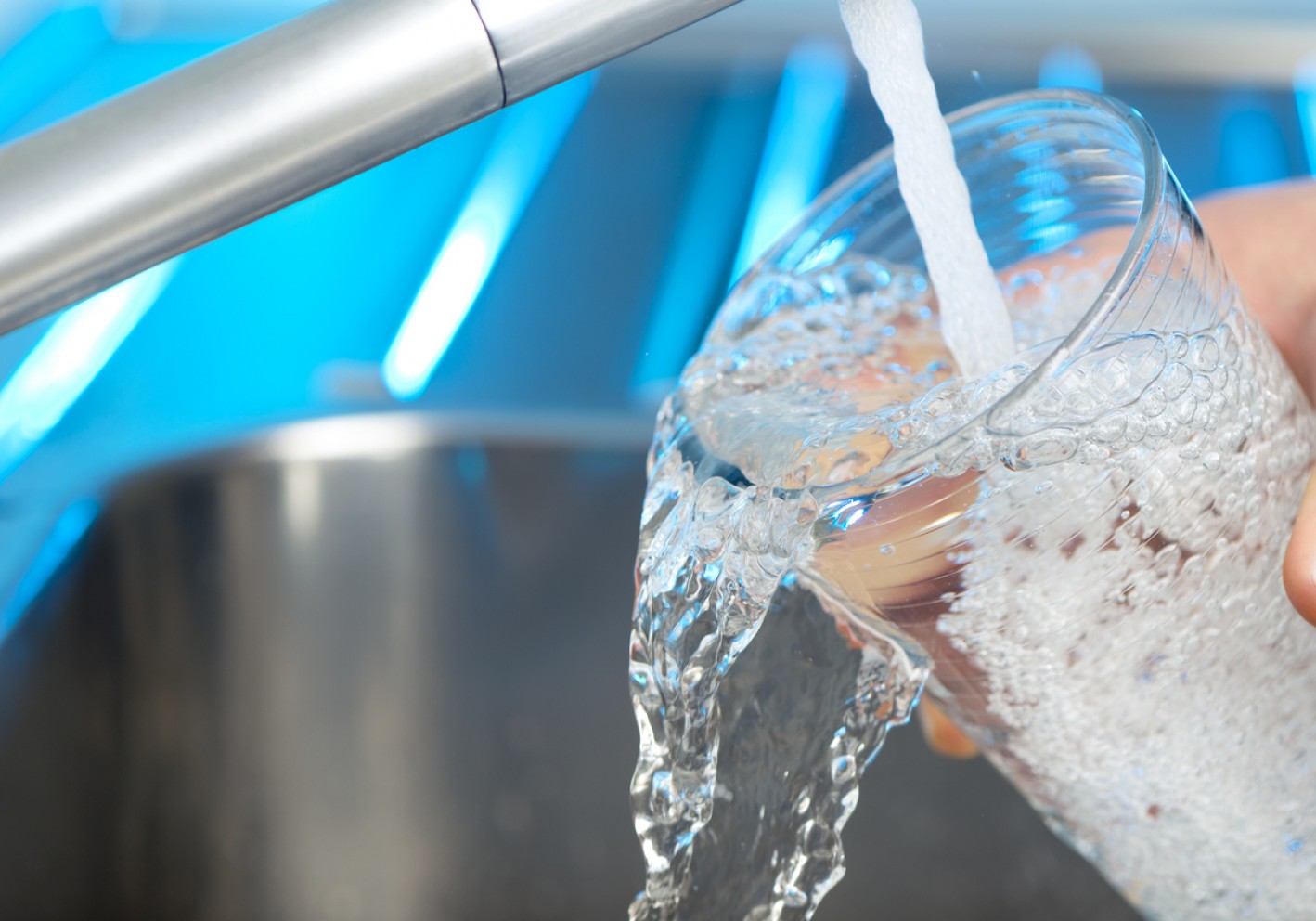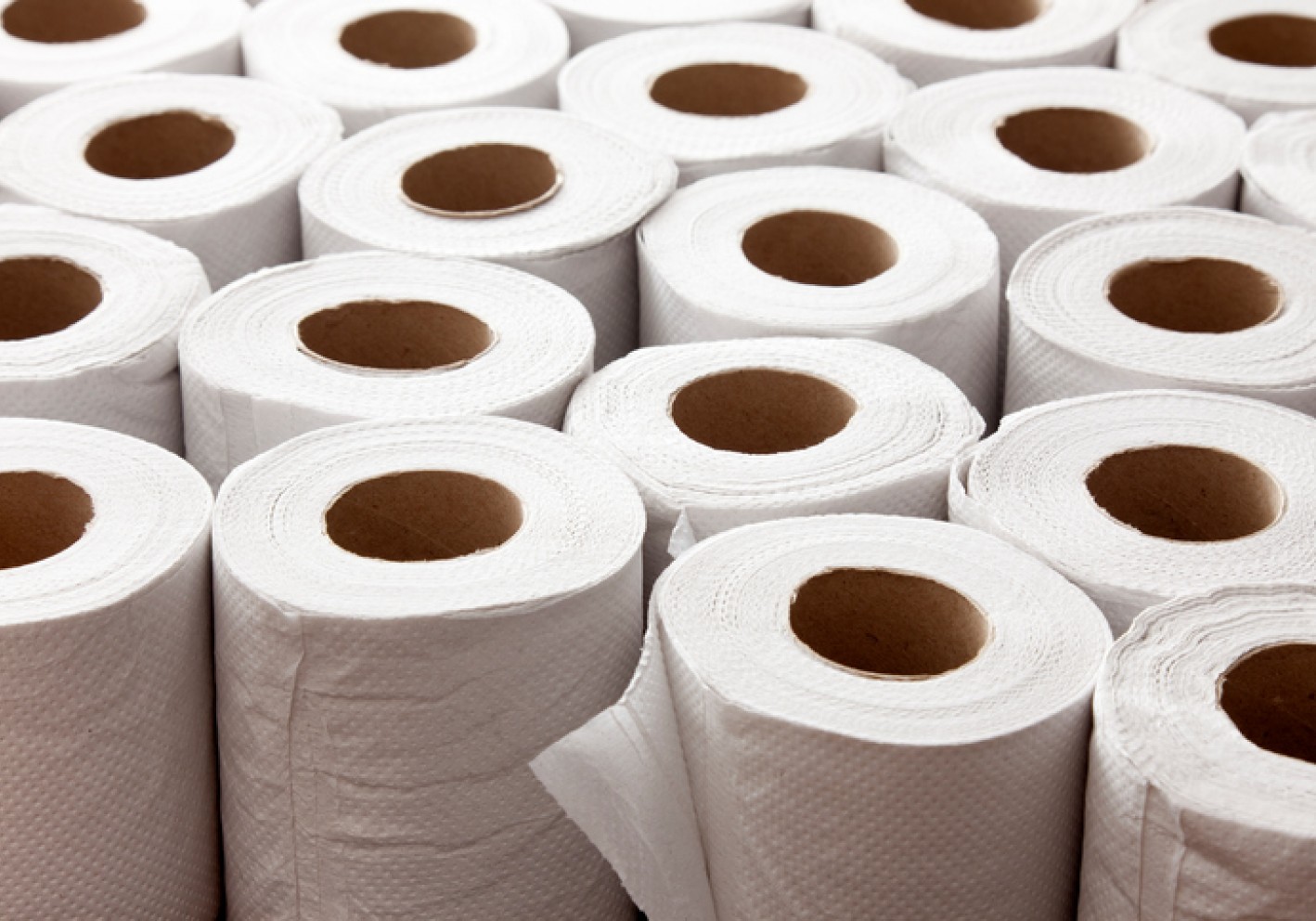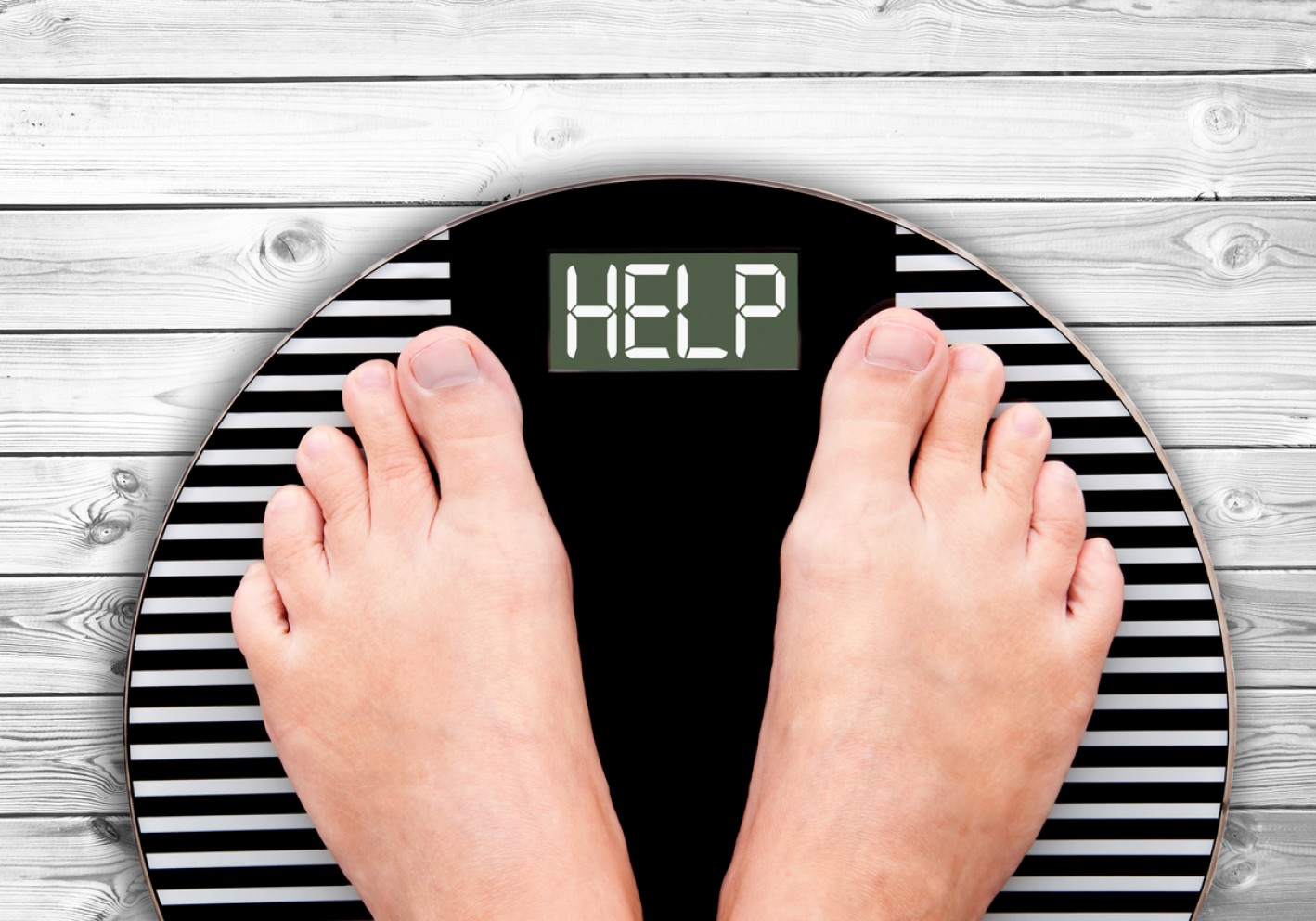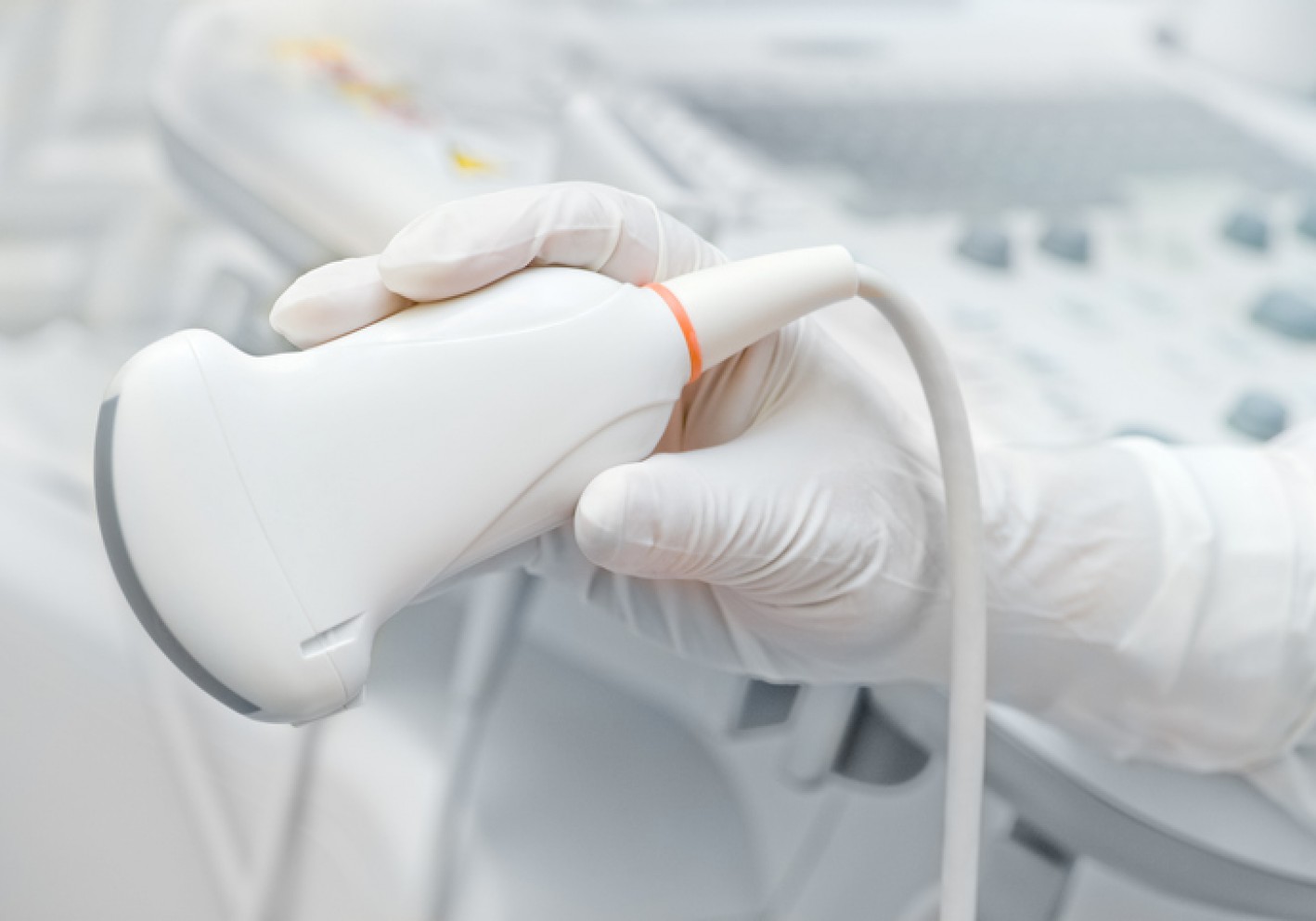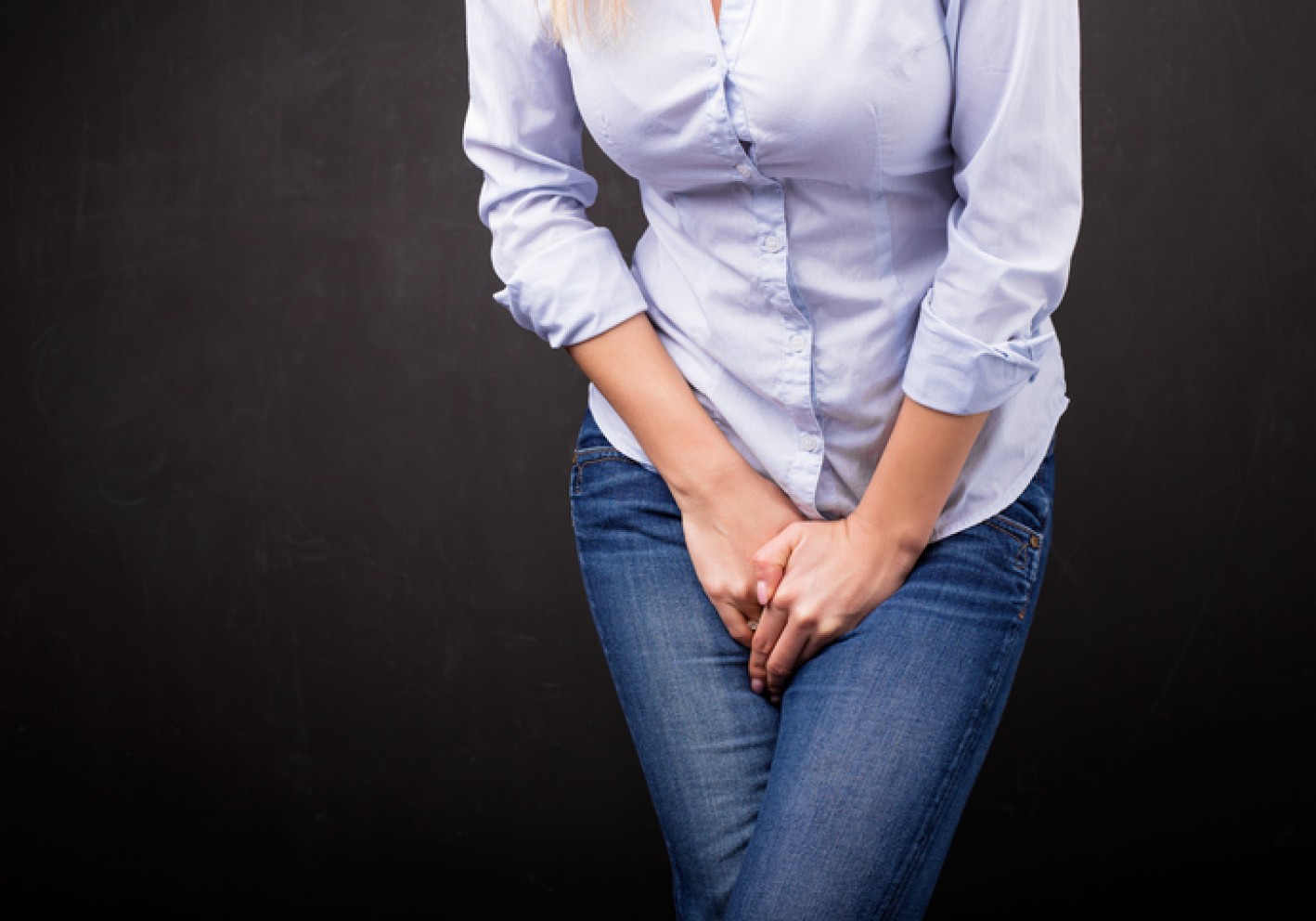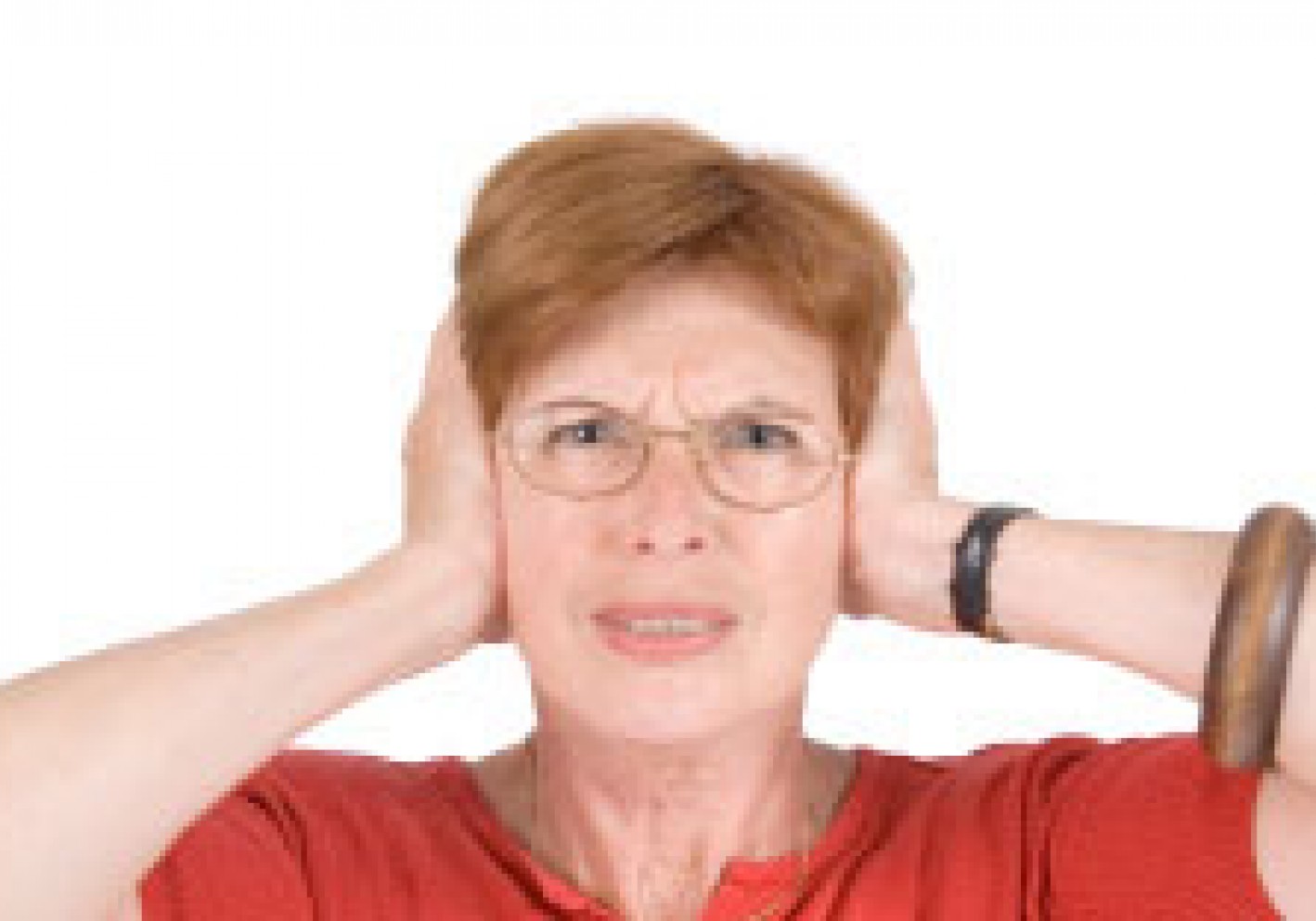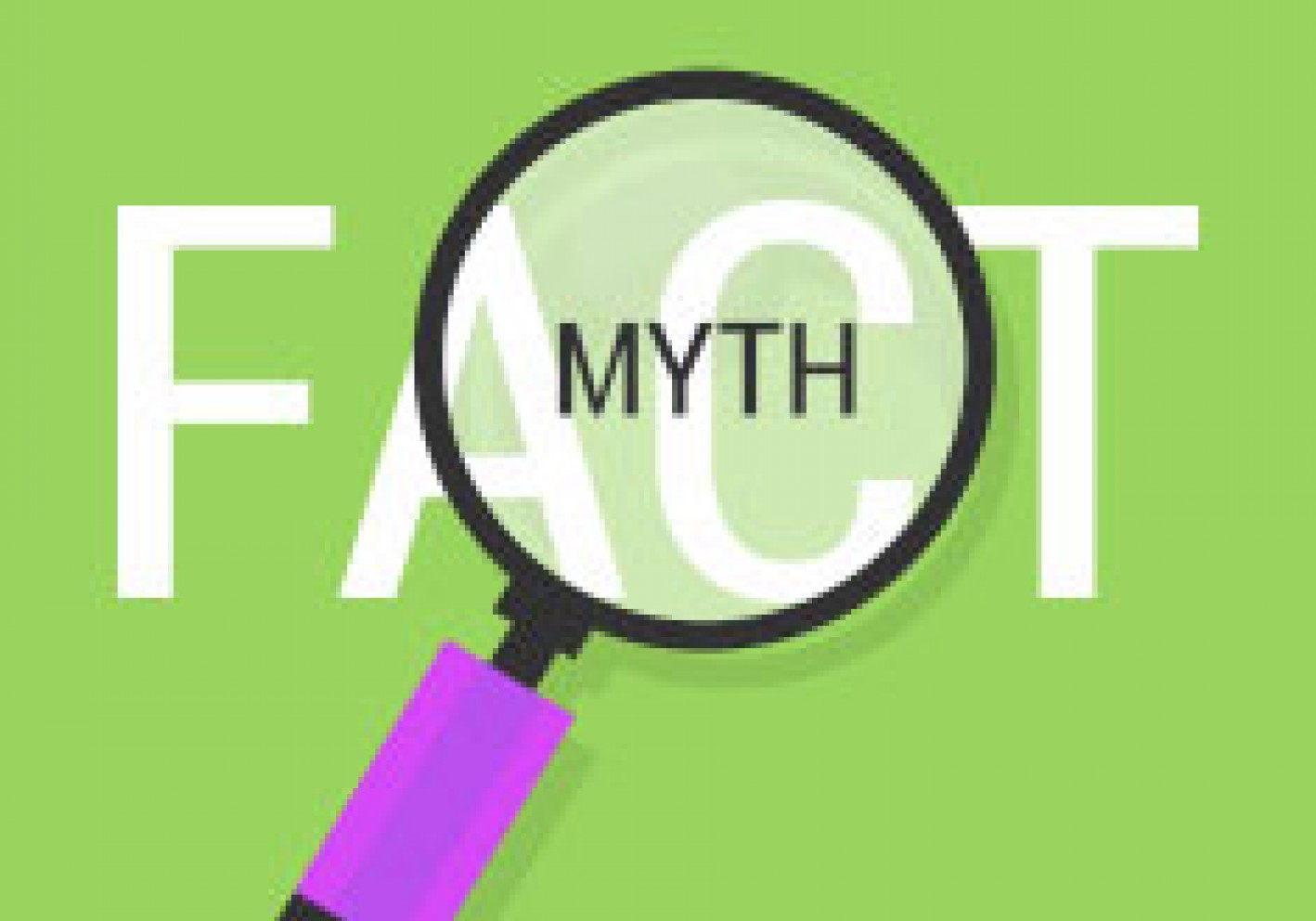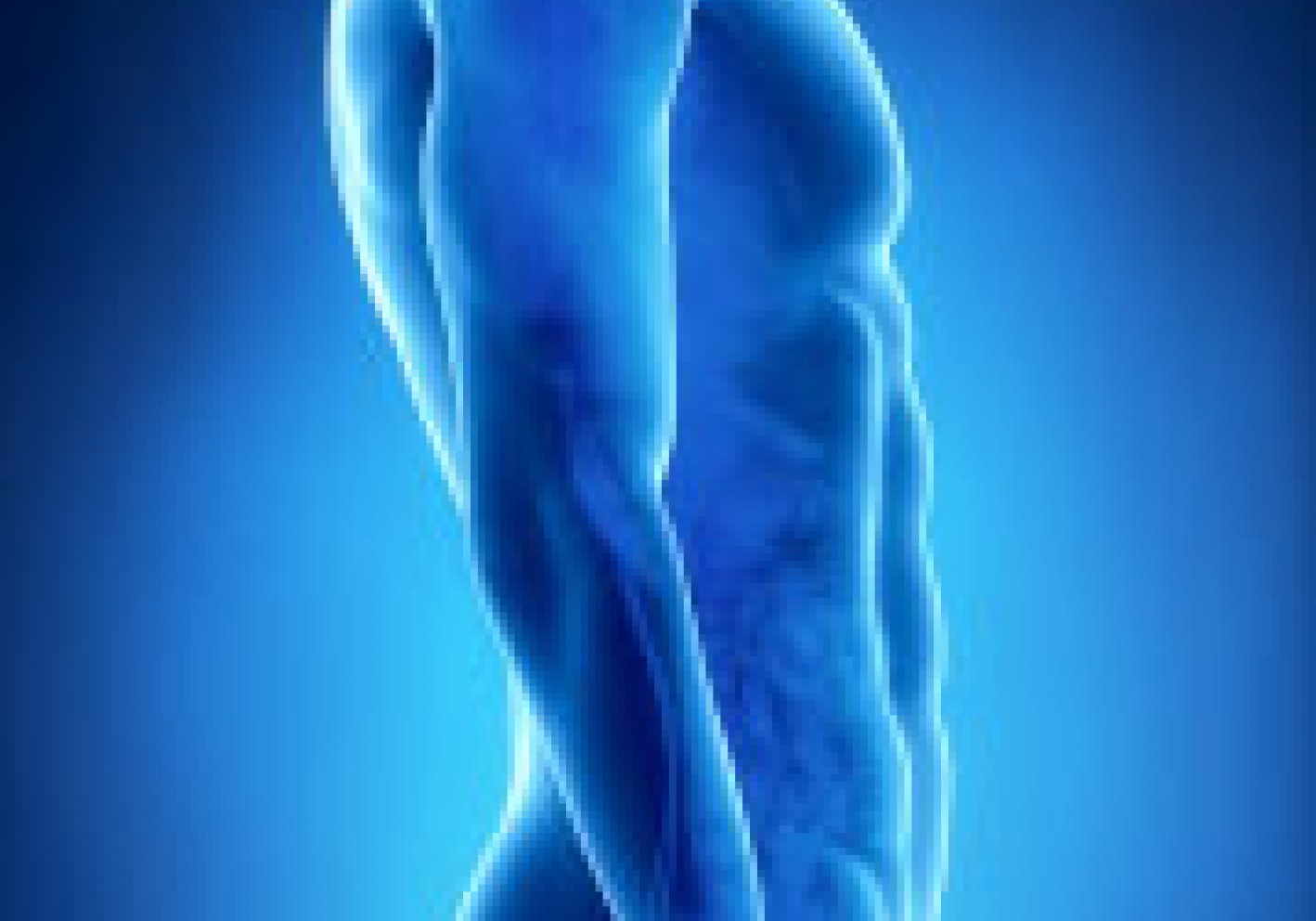How Can We Ensure Competency Standards In Pessary Management for POP?
Pessaries are being increasingly utilised as a component of the biopsychosocial non-surgical management of Pelvic Organ Prolapse (POP), in addition to pelvic floor muscle training, lifestyle changes and topical oestrogen. It is vital that these treatments are provided effectively and safely following evidence based and competency assessed standards.
Looking Outside The Pelvis In Persistent Pelvic Pain
According to the 2022 European Association of Urology Guidelines on Chronic Pelvic Pain, Persistent Pelvic Pain (PPP) is persistent pain perceived in structures related to the pelvis of either men or women. PPP can be further categorised as Chronic Primary Pelvic Pain, where there is no obvious pathology and Chronic Secondary Pelvic Pain, where there is specific disease or pathology associated...
Breathe For Pelvic Health
Whilst commonly overlooked, dysfunctional breathing patterns contribute to many pelvic health disorders. In our clinical practice, we regularly screen for and notice altered and suboptimal breathing patterns in people that have pelvic floor muscle (PFM) dysfunction (with increased OR decreased resting muscle tone), persistent pelvic and sexual pain as well as urinary and anorectal dysfunction.
Pelvic Floor Muscle Training – Let’s Get It Right!
There is Level 1 evidence (recommendation A) that pelvic floor muscle training (PFMT) should be first line treatment for Urinary Incontinence (UI) and Pelvic Organ Prolapse (POP) in women. This high evidence base is only true in a clinical setting if PFMT is performed correctly and effectively.
What’s New in Male Pelvic Health? PPI + PPPS Updates
We see people with a range of pelvic health issues that impact those born with male genitalia and reproductive, urinary and ano-rectal anatomy. International Men’s Health Week 2022 aimed to increase awareness of mental health issues. A staggering 1 in 8 Australian men experience depression and 1 in 5 experience anxiety at some stage in their lives.
SUI and Athletes
Stress Urinary Incontinence (SUI) is defined as a complaint of involuntary loss of urine upon effort or physical exertion (eg, sport) or on sneezing and coughing and is often attributed to Pelvic Floor Muscle Dysfunction (PFMD). More and more, we are seeing that SUI as a major cause of reduced performance in female athletes. Why is this happening and how can we treat it?
POP and Exercise – Are We Too Cautious With Our Advice?
Traditionally, high impact exercise (including heavy weight lifting and running) has been discouraged in women with pelvic organ prolapse (POP). There is little research to support this, however, expert opinion hypothesised that high impact exercise results in significant increases in intra-abdominal pressure (IAP). This pressure may contribute to worsening POP symptoms by weakening the pelvic...
Impact of Gestational Diabetes on the Pelvic Floor Muscles
Gestational diabetes (GDM) is associated with increased incidence of pelvic floor dysfunction and urinary incontinence, both during pregnancy and post-natally. An interesting study was published late 2020 on this topic, exploring the effect of GDM on the pelvic floor muscles. 110 pregnant women with and without GDM were assessed with 3D ultrasound at 24-28 weeks and 34-38 weeks gestation, and...
The Link Between Sleep and Chronic Pain
Good sleep is hard to come by during this pandemic. The impossible juggle of work, kids at home, stress and isolation has challenged sleep for many. We know that poor sleep has a huge impact on many aspects of physical and mental health, and recent research also shows a relationship between sleep disturbances and chronic pain. According to Maslow, sleep is one of our basic physiological needs...
Conservative Management of Prolapse
For women with pelvic organ prolapse, the lifestyle changes associated with being at home during COVID-19 are having a big impact on their symptoms. Women are home with their kids more, and doing heavier house and garden work. As the gyms and pools are closed, many have also turned to running or high impact online exercise programs, all of which are contributing. Given the strong evidence base...
Explaining Pain Doesn’t Have To Be Painful
The research is now undeniable - educating a patient about the science of pain is an essential component of persistent pain care. Unfortunately, pain education is not easy and finding the right language is challenging for many health professionals. We know that education is therapy but just like all education, there is no one size that fits all. Everybody has a different story, different ways...
New ‘Magic Pill’ For Treating Erectile Dysfunction
Erectile dysfunction affects up to 1 in 2 men. Current typical treatment options include medication and lifestyle modification. A systematic review published this year has found a new “wonder drug” for erectile dysfunction and premature ejaculation. This magic pill has no side effects, is affordable, and is easy to administer. And you will never guess what it is….. Pelvic Floor Exercises!
Is A Tight Pelvic Floor A Strong Pelvic Floor?
“Isn’t it good for my pelvic floor to be tight? Isn’t a tight pelvic floor a strong pelvic floor?” These are two questions we are often asked, and the answer to both is NO! More and more commonly we are diagnosing pelvic floor muscle overactivity as a contributing factor to bladder and bowel dysfunction, pelvic pain and dyspareunia. Shan and Leonie attended a workshop at the International...
Fluid Intake And OAB: Less Is More!
Many health professionals endorse drinking 2 litres of water each day, despite a lack of scientific evidence to support this1. In patients with overactive bladder (OAB), excessive fluid intake is known to exacerbate urinary frequency and urgency. A new systematic review has just been published, investigating fluid intake and OAB, and the results are fascinating.
Better Bowels With Rectal Balloon Biofeedback
Rectal balloon therapy is emerging as an exciting biofeedback tool to effectively treat a variety of benign anorectal disorders. Wald and co-authors recently published the American College of Gastroenterology Clinical Guideline: Management of Benign Anorectal Disorders1, and strongly recommended the use of biofeedback with rectal balloon therapy for treatment of defecatory disorders, chronic...
Faecal Incontinence: The Role Of Ageing And Gender
Faecal incontinence (FI) affects up to 1 in 5 Australian men and 1 in 8 Australian women. This is higher than the prevalence of diabetes (6%) and asthma (11%). Dr Danette Wright, colorectal clinical fellow, recently delivered a fascinating presentation at the Continence Foundation Australia NSW State Meeting, discussing the role of ageing and gender in FI. Males and females are both affected by...
Weight Loss: The "Wonder Drug” For Incontinence
Australians are getting fatter, with 7 in 10 Australian men, 1 in 2 women and 1 in 4 children now being overweight or obese. Unfortunately these numbers are continuing to rise. Dr Lucy Bates, Urogynaecologist at Westmead Hospital in Sydney, recently presented at the Continence Foundation Australia NSW State Meeting, exploring the relationship between obesity and incontinence, and what we can do...
Case Study: The Power of “Explaining” Pelvic Pain
Tracey was referred to WMHP with dyspareunia, vulvodynia, and pelvic floor muscle dysfunction following gynaecological surgery. This case study explores the impact of psychological and social factors on Tracey’s pain experience. It highlights the importance of following a biopsychosocial approach incorporating therapeutic neuroscience concepts when developing an effective treatment program....
PFD In Sportswomen: A Silent Epidemic
Urinary incontinence and pelvic floor muscle dysfunction are too often considered disorders of post-partum and postmenopausal women. However, recent research shows an alarmingly high prevalence of urinary incontinence among nulliparous female athletes – particularly in those participating in repetitive, high impact sports such as gymnastics, netball and running. Urinary incontinence in women...
New Treatment Option For OAB: TTNS
Professor Suzanne Hagen, Scottish pelvic floor research guru, recently delivered a key note address at the 26th National Conference on Incontinence 2017. She discussed Transcutaneous Tibial Nerve Stimulation (TTNS) as a treatment option for overactive bladder (OAB). The research base supporting this treatment technique is growing. A systematic review published this year concluded that TTNS can...
CPPS: The ‘Black Hole’ Of Men’s Health
Chronic Pelvic Pain Syndrome (CPPS) is only recently being recognised as the “black hole” of men’s health. It’s not well understood by health professionals and has a huge impact on men’s physical, emotional and social health and wellbeing. A holistic management approach is needed to address the complex influences of psycho-social factors as well as the biological ones.
Case Study: Provoked Vulvodynia
Provoked vulvodynia is one of the many chronic pelvic pain syndromes we see presenting in women. This complex and multifactorial condition has a significant impact on every aspect of the lives of these women who are often young. There is increasing evidence supporting a multi-disciplinary, biopsychosocial approach. This case study illustrates Physiotherapy best practice.
Hot Off The Press: The ICI Book
The recently published and highly anticipated 6th edition of the ‘International Consultation on Incontinence’ book highlights the very strong evidence base supporting pelvic floor muscle training as an effective treatment for many bladder and bowel disorders. Pelvic floor muscle training is Grade A recommended treatment for female urinary incontinence and pelvic organ prolapse.
Painfree Sex After Childbirth
Sexual dysfunction after childbirth is incredibly common, with nearly two thirds of women experiencing sexual problems six months after delivery1. Physical and psychosocial factors both play a role in its development. Unfortunately, only 15% of women with sexual problems reported discussing it with their healthcare professional1 which is very sad as it can be successfully treated!
Transperineal Ultrasound (TPUS): An Exciting Technology
Real time 2D transperineal ultrasound imaging is emerging as an exciting technique for both pelvic floor muscle assessment and training. Far superior to the transabdominal approach, it’s a valuable tool to use with patients before or after radical prostatectomy, prolapse, pelvic pain, obstructed defecation, or voiding dysfunction.
Understanding Urgency And Centralisation In OAB
There is an emerging body of research that supports the role of centralisation in patients with overactive bladder (OAB). Urgency is no longer considered a direct representation of detrusor overactivity, rather it’s a multidimensional sensory experience. This knowledge enables reconceptualisation of current first-line conservative treatments for OAB, with the potential to improve their efficacy.
The Importance Of Pain Science Education
Chronic pain is a huge health problem, and is expected to cost the western world as much as diabetes and cancer combined. Dr David Butler and Professor Lorimer Moseley have pioneered the understanding and treatment of chronic pain internationally and, luckily for us, they live right here in Australia and work at the University of South Australia. Their latest research tells us that...
Patient Adherence: The Key To Success
Patient motivation and adherence is the most important predictor of treatment success. The International Continence Society (ICS) acknowledges the importance of this and recently invited an expert panel to review the literature in this area and provide recommendations for research and clinical practice.
When Patients Don't Listen
A 2010 Harvard Medical School study showed that about 20 percent of first-time prescriptions are never filled. This means that 1 in 5 patients don’t follow their doctor's recommendations. This was reinforced recently when we received some feedback from a patient who had been struggling with bladder symptoms for two years. She was seeing both a urologist and gynaecologist and had been referred to...
A Small Muscle With Big Impact
When I first graduated from Physio I never imagined I would spend my career rehabilitating one small internal muscle and that it could be so interesting and rewarding! Pelvic floor disorders can impact social and physical activities, intimate relationships and workforce participation, leaving sufferers isolated, embarrassed and lacking confidence. Together we can help them.
PPI – The Benefits Of Prehab Pelvic Floor Training
Urinary incontinence is a common problem after surgery for prostate cancer and it has a huge impact on quality of life. Over 15 years ago, when we started seeing men post-operatively, there was minimal research and understanding of the contribution of the pelvic floor to the male continence mechanism. Since then we have learnt so much about how to optimise recovery of post-prostatectomy...



